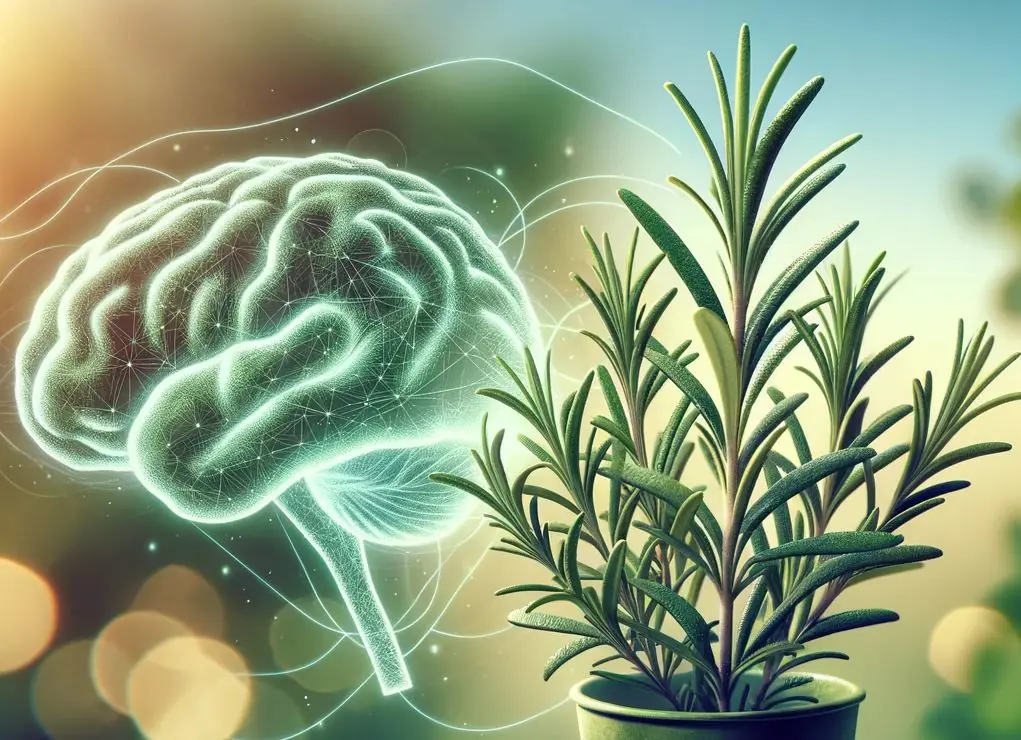
Euphorbia Hirta (Asthma-Plant): Ancient Remedies and Modern Applications for Health and Wellness
Euphorbia hirta, commonly referred to as the “Asthma-plant,” is a well-known medicinal herb in traditional medicine, particularly praised for its numerous health benefits, especially in the treatment of respiratory issues like asthma. This small, bushy, green plant, native to tropical regions, is often dismissed as a common weed. Despite this, its widespread use in ethnobotanical practices across Asia, Africa, and Latin America highlights its significant therapeutic potential. This article explores the traditional uses, applications, and benefits of Euphorbia hirta, shedding light on how it has served as a natural remedy for various generations.
Overview and Botanical Characteristics of Euphorbia Hirta
Euphorbia hirta belongs to the Euphorbiaceae family and flourishes in warm, tropical climates. It is a short, perennial plant that grows close to the ground and is easily identifiable by its hairy stems, oval leaves with a reddish tinge, and tiny, clustered flowers. While it is native to tropical and subtropical regions, Euphorbia hirta can be found worldwide, often growing along roadsides, in gardens, and on other disturbed soils.
Historically, the plant has been used for centuries, with records from different continents documenting its medicinal roles. It is known for its anti-inflammatory, antispasmodic, and bronchodilator effects, making it especially beneficial in treating respiratory conditions like asthma, bronchitis, and other lung-related diseases.

Traditional Uses of Euphorbia Hirta
1. Asthma and Respiratory Disorders
One of the most renowned traditional uses of Euphorbia hirta is for treating asthma, which is why it is often called the “Asthma-plant.” Herbalists have long utilized the leaves and stems of the plant to create remedies for respiratory problems, as it is known to help alleviate symptoms such as wheezing, coughing, and shortness of breath. The plant contains bronchodilator compounds that help relax the bronchial tubes, promoting easier airflow to the lungs. Additionally, its anti-inflammatory properties assist in reducing airway inflammation and congestion, making it a valuable natural treatment for asthma and other breathing disorders.

2. Antibacterial and Antiviral Properties
Euphorbia hirta has been a staple in traditional medicine for its antibacterial and antiviral properties. Its extracts are used to fight infections and boost immunity. The plant is particularly popular in rural areas for treating respiratory infections, skin conditions, and even minor wounds. Several studies have confirmed its antimicrobial activity, showing that Euphorbia hirta’s extracts can inhibit the growth of various bacterial strains, making it a natural alternative for infection management.

3. Diarrhea and Digestive Health
In traditional medicine, Euphorbia hirta is commonly used to address digestive issues like diarrhea and dysentery. The plant’s antispasmodic and anti-inflammatory properties help reduce gut inflammation and ease the spasms and discomfort that often accompany diarrhea. In some cultures, Euphorbia hirta tea is consumed as a remedy for stomach pain, and the plant is also used as a natural purgative to cleanse the digestive tract.
4. Pain Relief and Anti-Inflammatory Uses
Traditional healers have used Euphorbia hirta for its analgesic and anti-inflammatory properties, employing it to relieve pain and inflammation linked to various conditions. The plant is applied as a poultice or consumed as a decoction for pain relief from ailments like arthritis, joint pain, and headaches. Its anti-inflammatory properties also help manage swelling and redness in skin conditions, making it a natural remedy for minor injuries and health issues.
5. Menstrual Health
Euphorbia hirta is valued in traditional medicine for its benefits in women’s health, particularly in regulating menstrual cycles and alleviating menstrual discomfort. The plant’s antispasmodic properties can help reduce cramps, and its mild estrogenic effects may help balance hormones. In some cultures, a tea made from Euphorbia hirta is taken to manage menstrual pain, heavy bleeding, and even symptoms related to menopause.

6. Urinary Tract Health
For centuries, Euphorbia hirta has been used to treat urinary tract infections (UTIs) and other urinary health concerns. Its diuretic properties aid in flushing toxins from the body and preventing the buildup of harmful bacteria in the urinary tract. Traditional healers often prepare infusions of Euphorbia hirta to relieve UTI symptoms and promote overall urinary health.
Active Compounds and Pharmacological Properties
Euphorbia hirta’s medicinal qualities are attributed to its diverse range of bioactive compounds, including alkaloids, flavonoids, phenols, and tannins. These compounds work together to provide the plant’s pharmacological effects, including:
-
Antioxidant: The flavonoids and phenols in Euphorbia hirta contribute to its antioxidant properties, helping neutralize free radicals and reduce oxidative stress in the body.
-
Anti-inflammatory: The tannins present in the plant help reduce inflammation and swelling, offering relief for both internal and topical conditions.
-
Bronchodilator: Alkaloids in the plant provide bronchodilator effects, aiding in the relaxation of bronchial tubes and making it easier to breathe, especially during asthma attacks.
Common Preparations and Applications of Euphorbia Hirta
1. Infusions and Teas
One of the most common methods of consuming Euphorbia hirta is by preparing an infusion or tea. The dried or fresh leaves and stems are boiled in water and then strained. This tea is traditionally consumed to relieve symptoms of asthma, cough, digestive issues, and menstrual discomfort. It is advisable to drink the tea in moderation, as the plant is potent and can have strong effects.

2. Poultices and Topical Applications
Euphorbia hirta can also be used externally as a poultice to treat pain and skin infections. Fresh leaves are crushed or ground into a paste and applied directly to the affected area. This topical application is particularly useful for treating wounds, minor skin infections, and swelling due to its antibacterial and anti-inflammatory properties.
3. Extracts and Tinctures
In traditional herbal medicine, Euphorbia hirta is often prepared as an extract or tincture. These concentrated forms capture the plant’s active compounds and are used in small doses to treat various health conditions, including respiratory issues, digestive problems, and immune support.
4. Capsules and Powders
For those who prefer a more standardized form of the herb, Euphorbia hirta is also available in capsule or powdered form in some herbal supplement markets. These preparations allow for easier dosage management and offer a convenient way to experience the plant’s benefits without needing fresh or dried herbs.
Safety Considerations and Precautions
While Euphorbia hirta is generally considered safe when used in traditional, moderate amounts, it should be consumed with caution due to its potency. Here are a few considerations:
-
Pregnancy and Breastfeeding: The use of Euphorbia hirta is not recommended for pregnant or breastfeeding women, as its effects on pregnancy and lactation have not been sufficiently studied.
-
Allergic Reactions: Some individuals may experience skin irritation or allergic reactions when handling or consuming Euphorbia hirta. It is advisable to perform a patch test before applying the plant topically.
-
Dosage: Overconsumption of Euphorbia hirta may lead to adverse effects, especially for those sensitive to plants in the Euphorbiaceae family. Consulting a qualified herbalist or healthcare professional before incorporating it into your health routine is recommended.
Conclusion
Euphorbia hirta, also known as the “Asthma-plant,” holds an important place in traditional medicine, offering a wide range of health benefits related to respiratory health, digestive wellness, pain relief, and more. Its versatility, demonstrated through various applications such as infusions, poultices, and topical treatments, emphasizes its usefulness as a natural remedy. However, like many medicinal plants, it should be used responsibly and with respect for its potency. As interest in herbal medicine continues to rise, Euphorbia hirta’s potential as a natural remedy is gaining attention from both traditional practitioners and modern researchers, bridging the wisdom of ancient traditions with contemporary wellness practices.
News in the same category

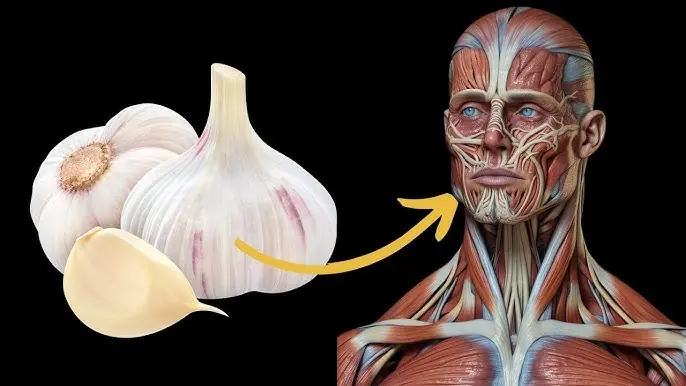
Raw Garlic Before Bed? Here’s What It Does to Your Body!

8 Detrimental Effects Soda Can Have On Your Body

20 Early Warning Signs of Cancer You Should Never Ignore
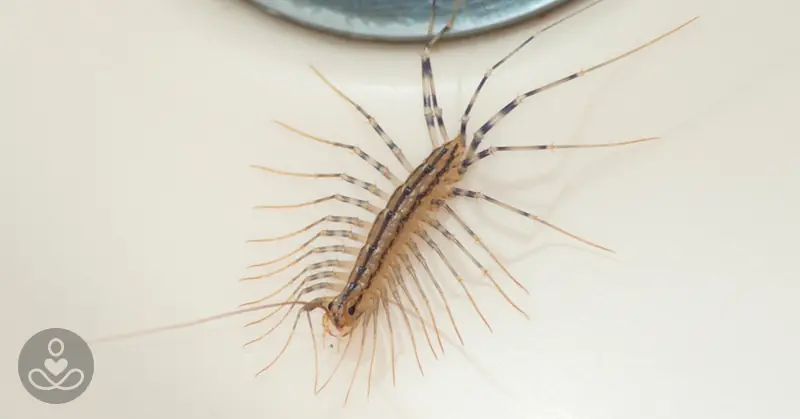
Why You Should Never Ever Kill A House Centipede If You Find One Inside Of Your Home

Why Smoking Weed at 30 Could Impact Your Future: What Science Says

Top 14 Kinds of Fish You Should Never Eat

Frequent Nighttime Trips to the Bathroom Could Be an Indicator of Heart Failure, Research Suggests

Doctor warns: A common habit may double the risk of a heart attack

THIS DOUBLES Your Testosterone Naturally in 7 Days!

Doctor Warns Against This One Thing If You Wake Up at Night
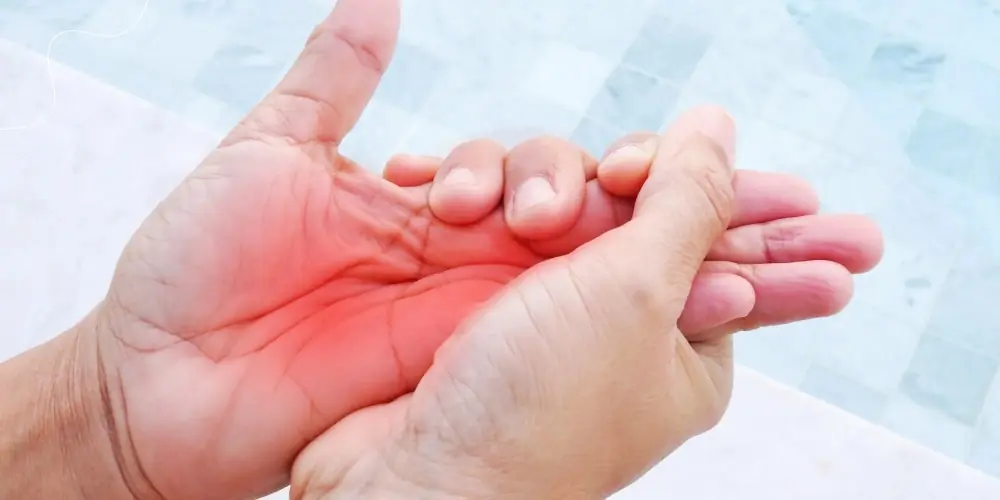
Reasons You Could Have Numbness or Tingling Sensations in Your Hands
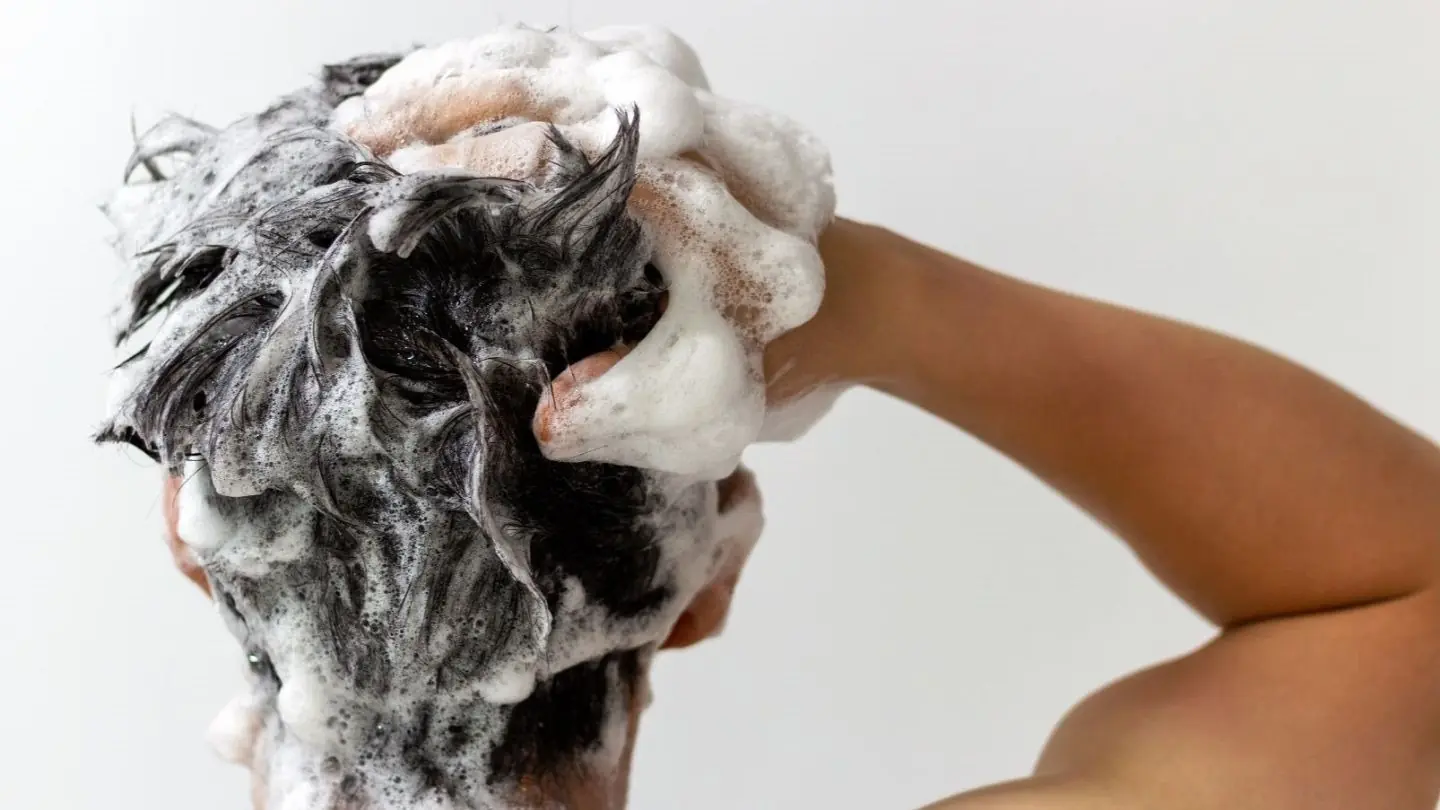
A Well-Known Shampoo Is Being Withdrawn Immediately Due To Bacteria That Can Kill One In Ten Patients
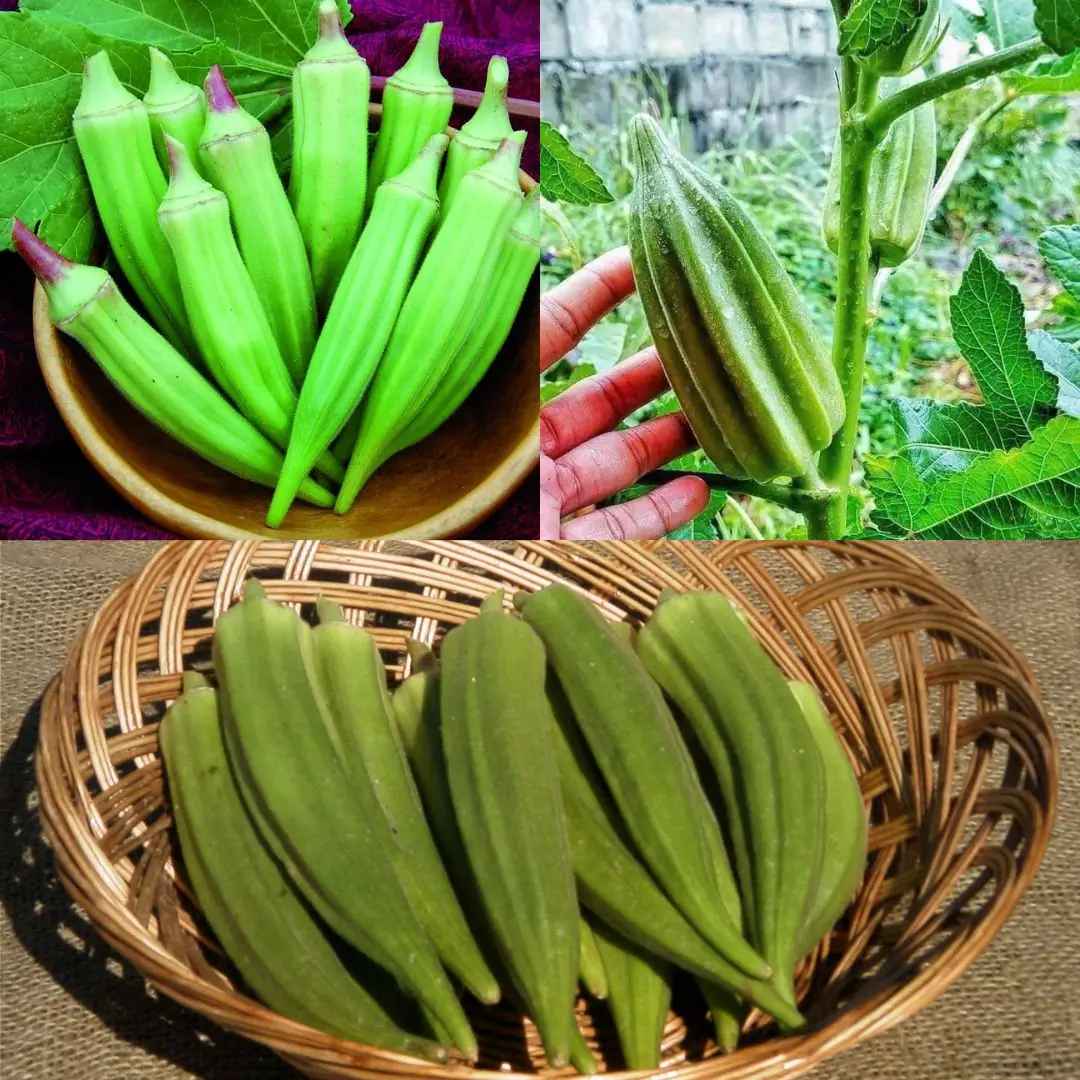
9 Reasons Why You Should Eat Okra Multiple Times a Week

What’s In Your Mouth Could Be Triggering Alzheimer’s, Scientists Say

10 Signs You're Living With Clogged Arteries

Man with severe anger issues breaks down in tears after seeing what radiologist found in scans of his brain

How to Treat H. Pylori Bacteria Causing Heartburn and Bloating + Natural Remedies

8 Ways To Get Rid Of Phlegm And Mucus In Chest And Throat
News Post

My Wife Disappeared 15 Years Ago After Going Out to Buy Diapers – I Saw Her Last Week and She Said, ‘You Have to Forgive Me’

Inside Anderson Cooper’s Converted Firehouse Home Where He Lives with Kids He Shares with His Ex

A few days before graduation, I lost my parents. Then a stranger walked in.

Rosemary contains a compound that can help fight Alzheimer's disease

Raw Garlic Before Bed? Here’s What It Does to Your Body!

8 Detrimental Effects Soda Can Have On Your Body

20 Early Warning Signs of Cancer You Should Never Ignore

A Poor Boy’s Life Changes After He Pulls an Old, Rusty Chain Sticking Out of the Sand on a Remote Beach

THEY WERE PRAYING IN A CIRCLE—BUT NO ONE TAUGHT THEM HOW

HE PULLED HER OUT OF A BURNING BUILDING—AND THEN SHE NEVER LEFT HIS SHOULDER

HE WOULDN’T LET GO OF THE CHICKEN—AND I DIDN’T HAVE THE HEART TO TELL HIM WHY SHE WAS MISSING YESTERDAY

THE GUY WITH THE BABY DOLL AT TARGET WASN’T WHO I THOUGHT HE WAS

A Lost Puppy Wandered Into the Police Station—minutes Later, They Realized Why He Was There

She Didn’t Know Who I Was—But She Refused To Let Go

The Therapy Dog Jumped On His Bed—And That’s When He Finally Spoke

The Guy With The Baby Doll At Target Wasn’t Who I Thought He Was

A Lost Puppy Wandered Into the Police Station—minutes Later, They Realized Why He Was There

MY DAUGHTER CALLED A STRANGER “OLD” IN LINE—AND HIS REACTION LEFT ME SPEECHLESS

THEY TOLD US HE DIED IN THE LINE OF DUTY—BUT HIS DOG KNEW BETTER
